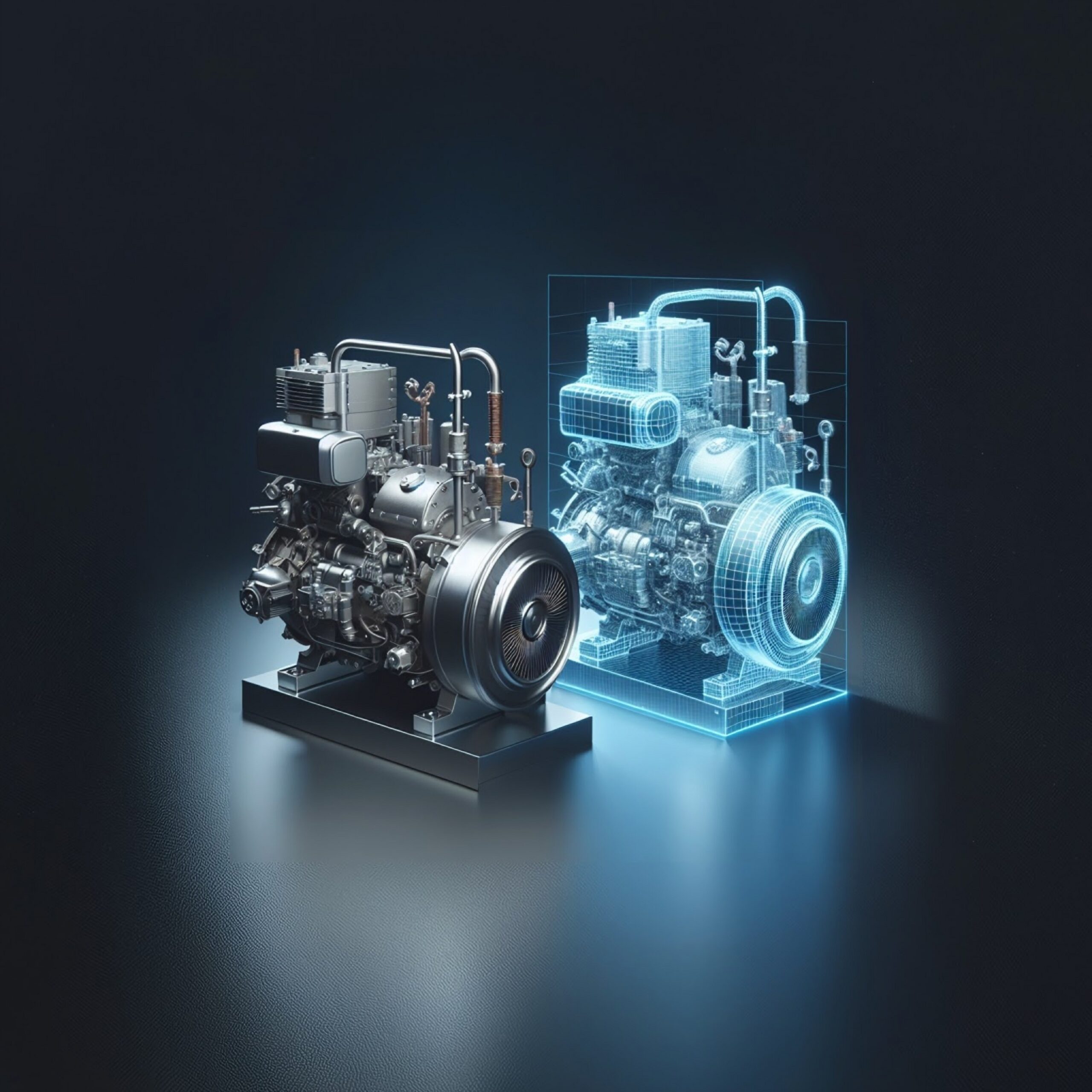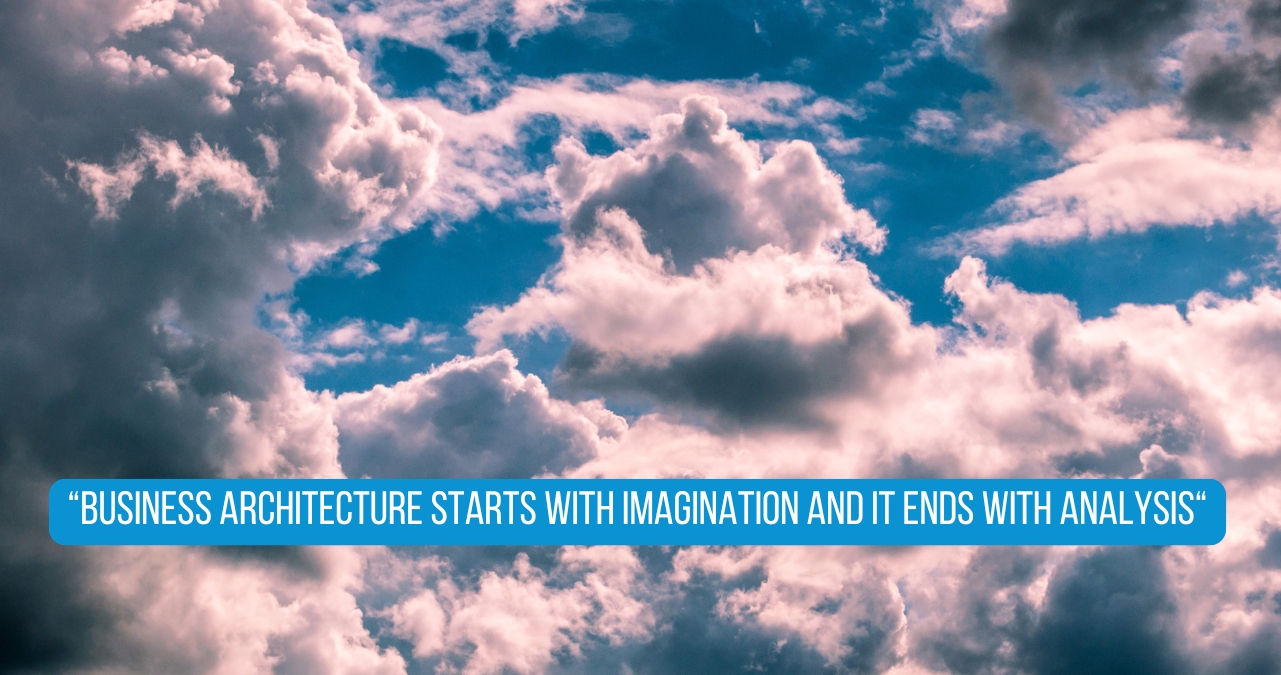Think big, start small
To achieve successful transformations using enterprise architecture as the foundation often requires a broad perspective, but a sequence of smaller increments to become successful. The golden advice is “think big, start small” because the consequence of starting too ambitiously often hides the many benefits, allowing people to drown in technical details that obscure the advantages and navigation.
If you’ve read a bit about digital transformation as an outcome of enterprise architecture, you’ll notice that the definition of digital transformation varies slightly, but more importantly, the approach to success depends heavily on EA implementation. High failure rates are common if EA isn’t managed properly.
Get the order right
The acceleration of Enterprise Architecture needs to precede digital transformation to establish a solid understanding of dependencies, business architecture, governance, and risk.
Without managing structure and value, your digital transformation can become unnecessarily expensive.
By building your enterprise architecture business-centric and incrementally, you can accelerate digital transformation and reap benefits along the way rather than stockpiling them for the end. Viewing digital acceleration through the lens of enterprise architecture can offer several advantages from day one: better integration of tech with business, improved alignment between business and IT, increased transparency to risk and employees, and comprehensive documentation of the as-is state.
In practical terms, the “think big, start small” mentality for enterprise architecture simplifies delivery. The big picture is provided by the charter and practice-based enterprise architecture, but the “start small” is propelled by the short-cycle delivery of smaller improvements. It might not feel like much at first, but the effects are immediate: tasks become smoother, employees feel relieved, and results start to improve. Besides, understanding all the architectural improvements justifies what you want to develop and helps integrate architecture review processes into business processes. Planning and designing bigger processes without some agile iteration from short-cycle delivery steps to the next is often difficult.
There are many frameworks to choose from in the world of enterprise architecture, but the simple advice is to get the overall ambition and think big, look a few years ahead, and then outline a short-cycle approach for onboarding new use cases, people, and processes to enable faster digital transformation.
To accelerate digital governance and enterprise architecture, follow these five steps:
- Plan Ahead: Begin your journey at the most convenient spot. Once the bigger perspectives are identified, find a convenient use case for the first improvements that can make an immediate difference. Identify the future operating model and the first task is to pinpoint those spots.
- Align Modern Tooling with Approach: Embrace new technologies and involve your team in the process. Different roles should staff the core change team. Instead of defending old approaches, look for modern and responsive tooling that can scale governance and processes. Ensure that your development iterations align with tooling to avoid obstacles to getting work done faster.
- Don’t Rush Design & Development: Stakeholders may want innovation integrated quickly, but it requires dialogue and discussions about who will update the information. If no one will keep the information updated after going live, leave it out. Ensure there is ample time for design and development before configuring to ensure scalability post-build. Embrace the future way of working and don’t rush the design phase.
- Learn from Others: Digital acceleration is an iterative process and often similar across companies. Use technologies that are continuously updated and upgraded with better functionality. Many enterprise architecture functions don’t compete in the market, so adopting common practices can make the process faster, simpler, and cheaper. Don’t try to reinvent EA by yourself—learn from others; or learn it via us:)
- Think Big, Start Small: Digital acceleration of enterprise architecture is essential. Keep an eye on the big picture and align internally on the role you take. Plan and collaborate to lower risk, manage processes and applications, and solve IT-to-business alignment. Adopt existing practices and start small to focus on onboarding and delivery.
The main takeaway is that digital collaboration in enterprise architecture is similar everywhere, but to accelerate it, start with many smaller increments where more users benefit from the architecture in every sprint.
Embracing this mentality will bring you closer to successful digital acceleration and enable digital transformation as an outcome of enterprise architecture. We can guide you in practice, tool choice, and help you scale enterprise architecture.
Let’s connect if you require assistance in converting from a low-maturity into a future-oriented data-driven architecture practice. Book your free advisory session here.



